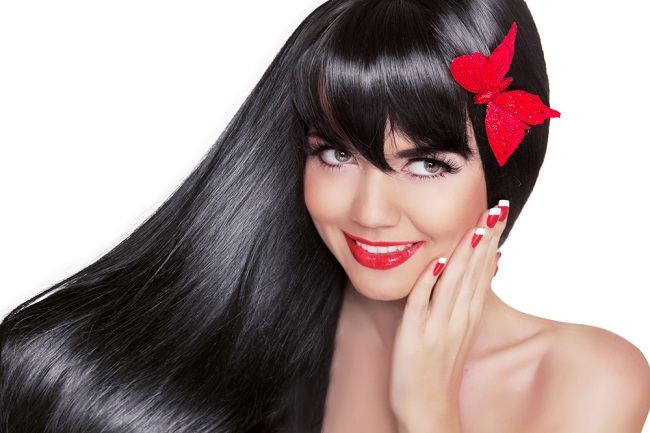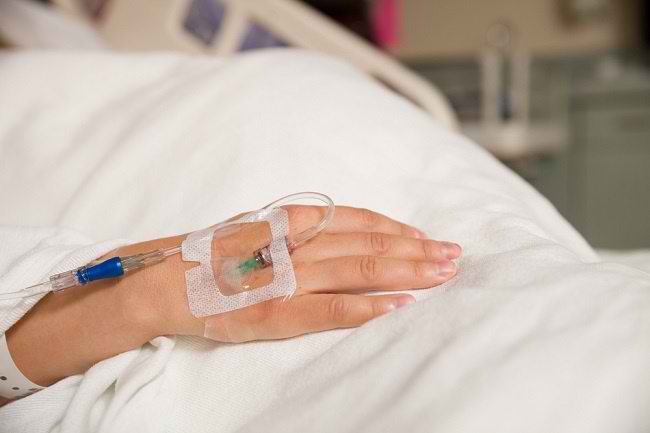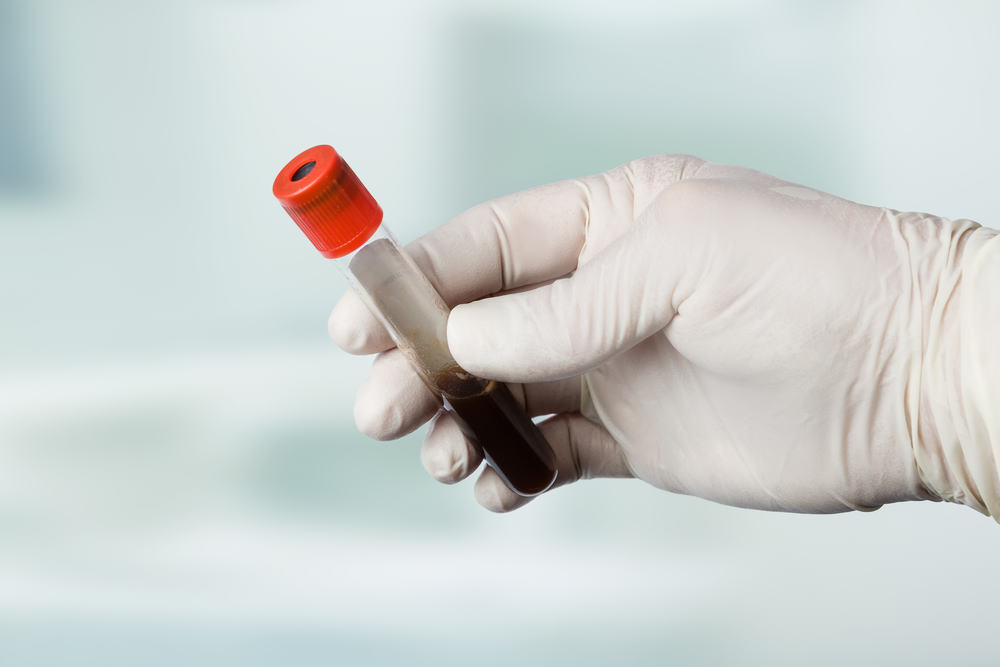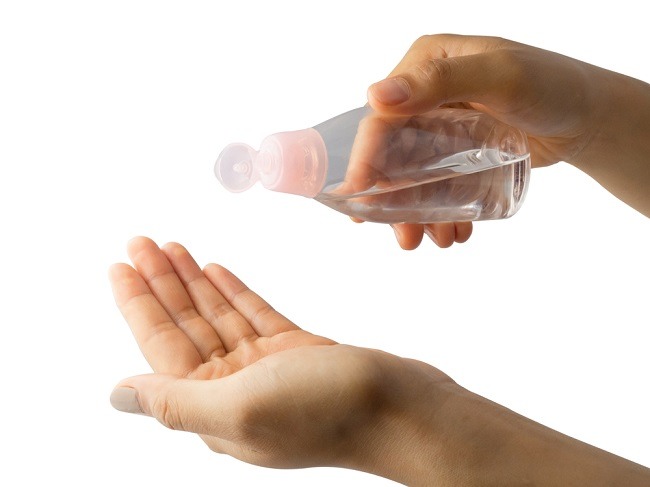Ingrown hair is a condition characterized by hair that does not grow outside the skin layer. This condition can occur after the hair or hair on the skin is shaved or pulled. Ingrown hairs are also often experienced by people who have curly or very wavy (curly) hair types. In men, ingrown hairs generally appear around the overgrown face. Whereas in women, in the groin.
The condition of ingrown hairs can improve without special treatment. However, it can cause itching, interfere with appearance, and trigger inflammation of the surrounding skin.

Causes of Ingrown Hair
The causes of ingrown hairs can be caused by a number of the following conditions:
- The structure and direction of hair growth. Generally occurs in owners of curly or curly hair types. Curved hair follicles produce hair that does not grow beyond the skin's surface.
- Dead skin cells that clog the follicles can trigger hair growth sideways beneath the skin's surface, rather than out through the skin's surface.
- Shaving hair while pulling or stretching the skin, which causes the rest of the hair shaft to sink under the surface of the skin.
- Pull out hair using tweezers or with a waxing, which can leave remnants of the hair shaft beneath the skin's surface.
Symptoms of Ingrown Hair
Ingrown hairs can appear on different parts of the body. In women, ingrown hairs are more common around the armpits, sex organs, or legs. Meanwhile, in men who are used to shaving their beards, ingrown hairs are often found around the cheeks, chin, neck, and even the scalp.
Ingrown hairs that appear on the pubic area also often cause pubic ulcers.
Symptoms and signs of ingrown hairs are:
- Small round bumps that are full or solid, and look like pimples.
- Pain and itching in the area where the hair grows into the skin.
- Skin that is darker or different than the surrounding skin (hyperpigmentation).
- Small, pus-filled sores that look like boils (pustules).
Ingrown Hair Diagnosis
Doctors can find out if a patient is experiencing ingrown hairs, based on the symptoms, ask about their shaving habits, and perform a physical examination.
Ingrown Hair Treatment
The following are self-help steps at home that you can do to treat ingrown hairs:
- Clean the area of ingrown hairs with a soft-tipped toothbrush, washcloth, or scrub. Do it in circular motions for a few minutes before shaving or going to bed.
- A sterile needle can be used by inserting it thinly and slowly into the skin, which aims to remove the tips of the hair that are growing inside the skin.
In the case of ingrown hairs causing inflammation, the doctor will prescribe the following medications:
- Creams containing corticosteroids, to reduce inflammation.
- Antibiotic cream or tablet, to treat infection.
- Medications that will help remove dead skin cells, such as tretinoin.
Complications of Ingrown Hair
Ingrown hairs can cause complications in the form of bacterial infection if frequently scratched, skin color that is darker or different from the surrounding skin (hyperpigmentation), the appearance of scar tissue or keloids, and the formation of lumps in the pores of the skin due to using a razor.pseudofolliculitis barbae).
When ingrown hairs occur in the area above the buttocks can be at risk of causing lumps called pilonidal cysts.
Prevention of Ingrown Hairs
Do these things at home to prevent hair from growing into the skin:
- Choose a razor with a sharp blade. Using a single-blade shaver can prevent ingrown hairs, but this requires further research.
- Do a test on the skin before using the ingredients waxing, as it may cause skin irritation.
- Clean the skin with warm water and face wash before shaving the hair on the face area.
- Use shaving cream or gel a few minutes before shaving, to make hair soft and easy to shave.
- Do not pull or stretch the skin while shaving.
- Shave the hair in the direction the hair grows.
- Rinse the razor after each shaving stroke.
- Clean the skin and apply lotion (after-shave lotion) after shaving.









